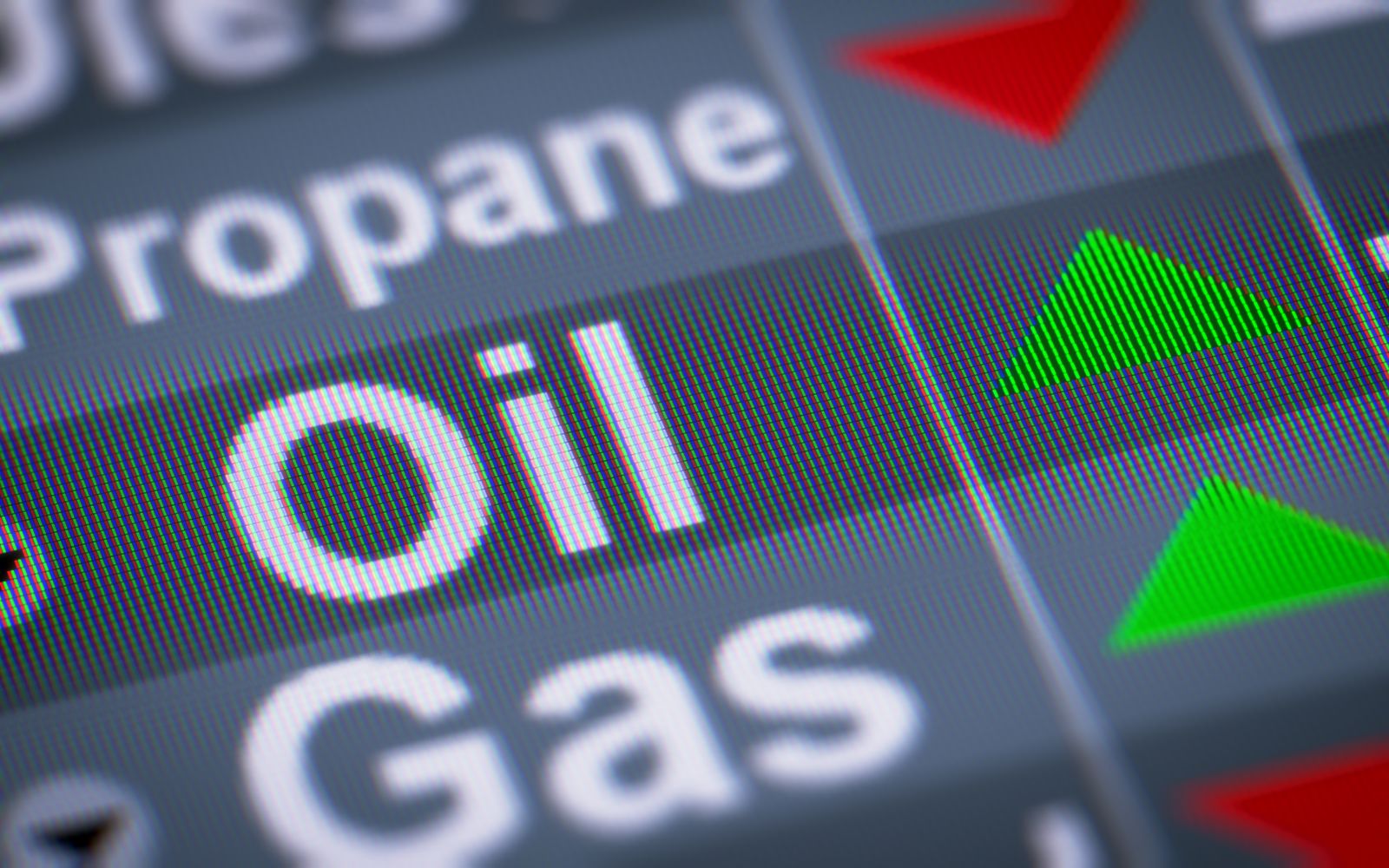
Nearby NYMEX crude oil futures prices fell to $63.57 in May. The energy commodity reached a bottom after falling steadily from the March 2022 $130.50 peak, the highest price since 2008. Sales from the U.S. Strategic Petroleum Reserve and Chinese economic weakness contributed to the 51.2% decline.
In a September 8 Barchart article, I highlighted the bullish trend that had crude oil “steaming toward triple digits.” On September 8, the nearby NYMEX futures contract was at the $87.39 per barrel level. The price had increased over the past month, probing above $95 per barrel before pulling back.
The rally continues to take prices higher
The over 51% decline took WTI crude oil futures prices to a bottom in May 2023.

The chart highlights that crude oil futures have made higher lows and higher highs since May, reaching $95.03 per barrel in September 2023.
NYMEX crude oil futures rose 28.52% in Q3, while Brent crude oil futures, the other leading benchmark, rose 27.28% from the end of Q2 to September 29, 2023. The energy benchmarks were 13.12% and 11.08%, respectively, higher since the end of 2022, turning a loss during the first half of this year into a gain.
Bull markets rarely move in straight lines
While crude oil shifted from a bearish to a bullish trend after the May 2023 low, even the most aggressive bull markets rarely move in straight lines. The current trend suggests that $100 per barrel prices are on the horizon for WTI and Brent futures, but there could be speed bumps along the way. The weak Chinese economy could slow the energy commodity’s ascent over the coming weeks and months. Moreover, the 49.5% rally from the low could run into profit-taking as rising interest rates and a strong dollar tend to be bearish for commodity prices, and crude oil is no exception. However, geopolitics instead of economics has driven crude oil prices higher. Russia is the most influential OPEC nonmember, cooperating with the petroleum cartel on production policy and quotas. Aside from requiring the highest possible oil price to fund the war effort, Russia is using traditional energy commodities as economic weapons against countries supporting Ukraine.
The path of least resistance of oil prices is higher, but the higher the price climbs, the greater the odds of periodic corrections.
Crude oil prices are igniting inflationary pressures
The U.S. Fed measures inflation using core indicators, such as the consumer and producer price indices. While core readings exclude volatile food and energy prices, crude oil is a critical ingredient in all goods and services prices. Therefore, rising crude oil prices are highly inflationary.
After months of CPI and PPI declines, the inflation indices ticked higher in August, and more increases are likely in September, given crude oil’s ascent. Rising energy prices will push other prices higher if the current trend continues.
Seasonal price action in oil products
The beginning of fall marks the end of the peak driving season, taking pressure off gasoline demand. Gasoline is the most ubiquitous oil product.

The ten-year chart shows that while crude oil rose to its most recent high in September 2023, NYMEX gasoline futures prices peaked during the heart of the 2023 driving season in July at $2.9960 per gallon wholesale. NYMEX crude oil moved over 28.5% higher in Q3, while gasoline prices fell 5.71%. Gasoline refining spreads moved over 72% lower over the period. The weakness in gasoline relative to crude oil prices reflects the seasonal factors at the end of the driving season.
Meanwhile, heating oil, a distillate fuel, is a proxy for diesel and jet fuels. Heating oil futures rallied 34.85% in Q3, and the heating oil crack spread moved over 48% higher.

The ten-year NYMEX heating oil futures chart illustrates the rally since the May 2023 low. Distillate prices support higher petroleum prices in early October 2023.
Oil will be a significant debate topic during the 2024 U.S. election
As the 2024 race for the U.S. White House heats up, Republicans blame the Biden administration for high fuel prices that increase inflationary pressures. The administration’s energy policy has supported alternative and renewable fuels and inhibited fossil fuel production and consumption to address climate change. U.S. energy policy has dramatically changed since the 2020 election, with many opposing politicians arguing the shift handed pricing power to the international oil cartel and Russia.
The future of U.S. crude oil and other fossil fuel production and consumption will be at the center of the stage during the upcoming 2024 Presidential election. With the contest more than a year away, continuing bullish price action in the crude oil futures market that pushes prices back over the $100 level will only intensify the debate.
Meanwhile, the U.S. Strategic Petroleum Reserve stood at 351.30 million barrels as of early October, a forty-year low. The SPR fell 41.5% from the level in November 2021. The administration does not have the same ammunition to depress oil prices over the coming weeks and months as the Department of Energy did not replace the sold barrels when the price fell to its $67-$72 target buying zone earlier this year.
Though oil prices are trading down more than 3% this morning on demand fears, the odds favor a continuation of the rally in oil, putting more upward pressure on inflation. While the price pulled back from the $90 level, the odds favor another higher low.
On the date of publication, Andrew Hecht did not have (either directly or indirectly) positions in any of the securities mentioned in this article. All information and data in this article is solely for informational purposes. For more information please view the Barchart Disclosure Policy here.






